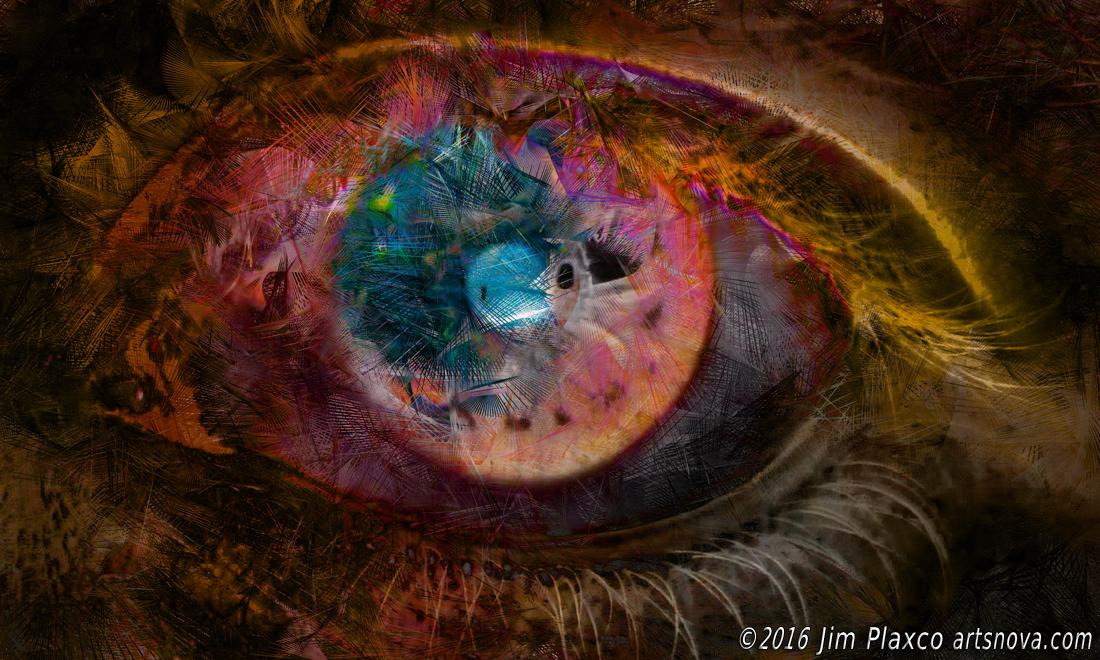Generative Art Blog Category Index

Generative art is a form of computer art or digital art that is essentially the same thing as algorithmic art. Generative art and algorithmic art both make use of algorithms to create either visual art or music. Both also may incorporate randomness as a proxy for creativity - with the degree of randomness varying from one application to the next. You may hear generative art described as a form of computer art where the artist turns over some degree of creative control to the computer. The same is true of algorithmic art. I find that the similarities between algorithmic art and generative art are far greater than their differences. Both are also examples of what is known as creative coding.
For my own creative coding projects, I distinguish between algorithmic art and generative art based on the style of visual art I am seeking to create. As a rule, my generative art tends to be more painterly in nature while my algorithmic art tends towards what is known as plotter art - that being computer art that is created using an algorithmic process and printed using a plotter.
Following are blog posts which I have written in the generative art category.